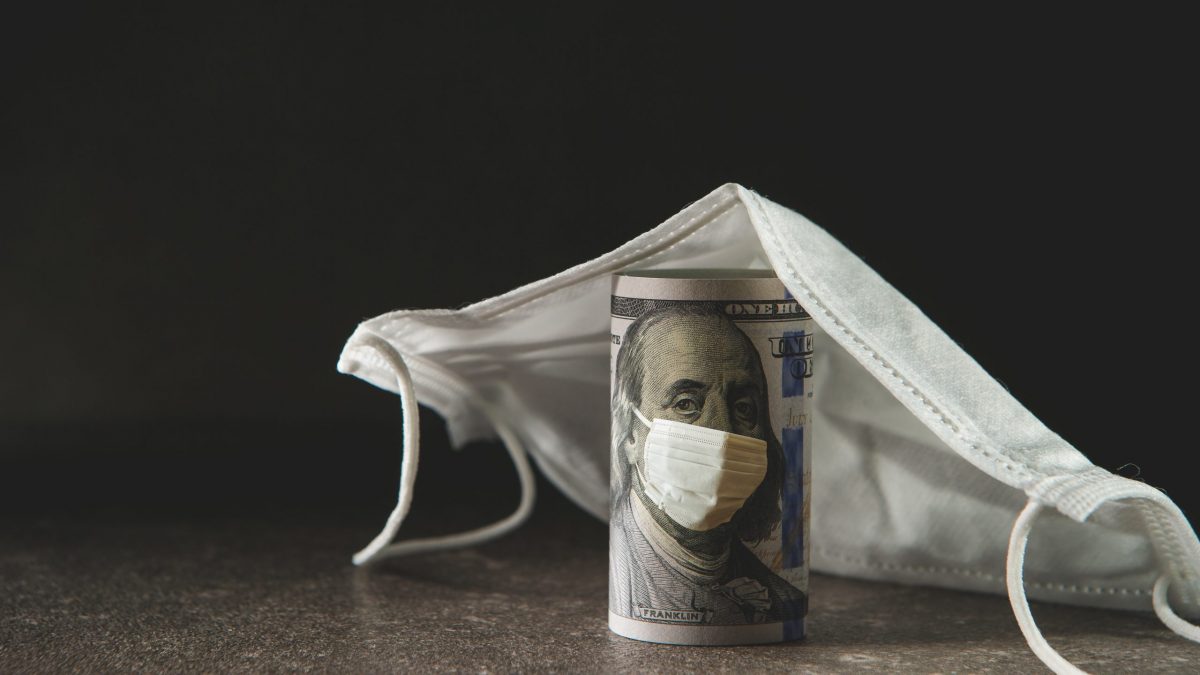
More Tenth-Anniversary FPLG Blog Favorites
10.24.2024 | Linda J. Rosenthal, JD

“…[A] substantial infusion of resources….”
With that remarkable model of understatement, the U.S. Treasury announced the launch of a $350-billion COVID-19 fund “to help turn the tide on the pandemic, address its economic fallout, and lay the foundation for a strong and equitable recovery.” The money was authorized in March 2021 through the American Rescue Plan Act (ARPA) for state, local, tribal nation, and territorial governments.
Even the smallest states – for example, Wyoming and Montana – are set to receive $1.2 billion. Larger states are allocated more: for instance, Pennsylvania at $13.4 billion and Florida at $15.9 billion. The largest state – California – is slotted for a whopping $42.9 billion. In addition, tens of millions of dollars more are set aside directly for local government units, so the counties and municipalities aren’t pitted in battle with their states for these funds.
And within that deluge of government money comes desperately needed help for the nonprofit sector.
“Specifically, governments may use the federal funds directly or through others, meaning that individual charitable nonprofits can be the recipient of assistance as well as the provider of assistance to others.” See the Treasury Department’s publication: Coronavirus State and Local Fiscal Recovery Funds, the Fact Sheet (May 10, 2021), the Interim Final Rule (May 17, 2021), and the Frequently Asked Questions, (updated July 19,2021).
The National Council of Nonprofits (NCN) has taken the lead in explaining the details to our community as well as to the government officials who will be responsible for allocating these funds. In June 2021, NCN published Strengthening State and Local Economies in Partnership with Nonprofits: Principles, Recommendations, and Models for Investing Coronavirus State and Local Fiscal Recovery Funds. It is an invaluable 20-page summary and report.
“Building on the shared experiences and expertise of nonprofits across our networks,” the NCN authors explain, “we compiled information about dozens of programs from across the country where nonprofits are working together with state and local governments to deploy funds from the American Rescue Plan Act to improve their communities.”
They emphasize the “natural” partnership between “charitable nonprofits and governments, serving the same constituents in the same communities.” The nonprofit sector is “perfectly positioned to maximize public benefits” because of its “deep knowledge of community needs, reach, and existing relationships, particularly in low-income and underserved or hard-to-reach populations.”
The National Council of Nonprofits includes a critical call to action: “We encourage you to use the report by sharing it with local government officials and replicating one or more of the programs in your community…,” adding: “A reasonable early question a public official may ask is whether governments are authorized to use these funds to support charitable nonprofits and their work in communities. The answer from Congress and the Treasury Department is yes.”
There is a helpful “Executive Summary” in this Special Report. A primary purpose in preparing the document was to present “(g)uiding principles for identifying the best use of funds.” After all, the NCN authors explain, the Coronavirus State and Local Recovery Funds are “substantial but not limitless.”
In order to avoid some of the well-publicized missteps from the pandemic-relief roll outs in 2020, governments – this time – “should … prioritize equity from the outset.” And to “promote healthy local economies,” governments should “invest in economic multipliers, like nonprofits….” For instance, nonprofits can use the money not only to directly rehire their own staff but also to create activities and programs that have a ripple effect nearby. For instance, when people visit arts and cultural institutions, they also spend money at restaurants and stores in the vicinity. And there is “greater flexibility and discretion built into this year’s funding statute, so governments can now be more creative with the new ARPA funding than they were with their many successful programs investing CARES Act monies on nonprofits in 2020.”
There are examples – particularly from 2020 – of “some of the greatest opportunities for partnerships between governments and nonprofits using the federal funds.” These success stories are organized in four categories:
Above all, it’s critical for governments to get the money out the door as quickly as possible while at the same time requiring “reasonable documentation and transparency” to meet accountability considerations.
The organized nonprofit community along with individual organizations and leaders must become engaged in this process as soon as possible. This pot of gold is being divvied up right now.
— Linda J. Rosenthal, J.D., FPLG Information & Research Director
